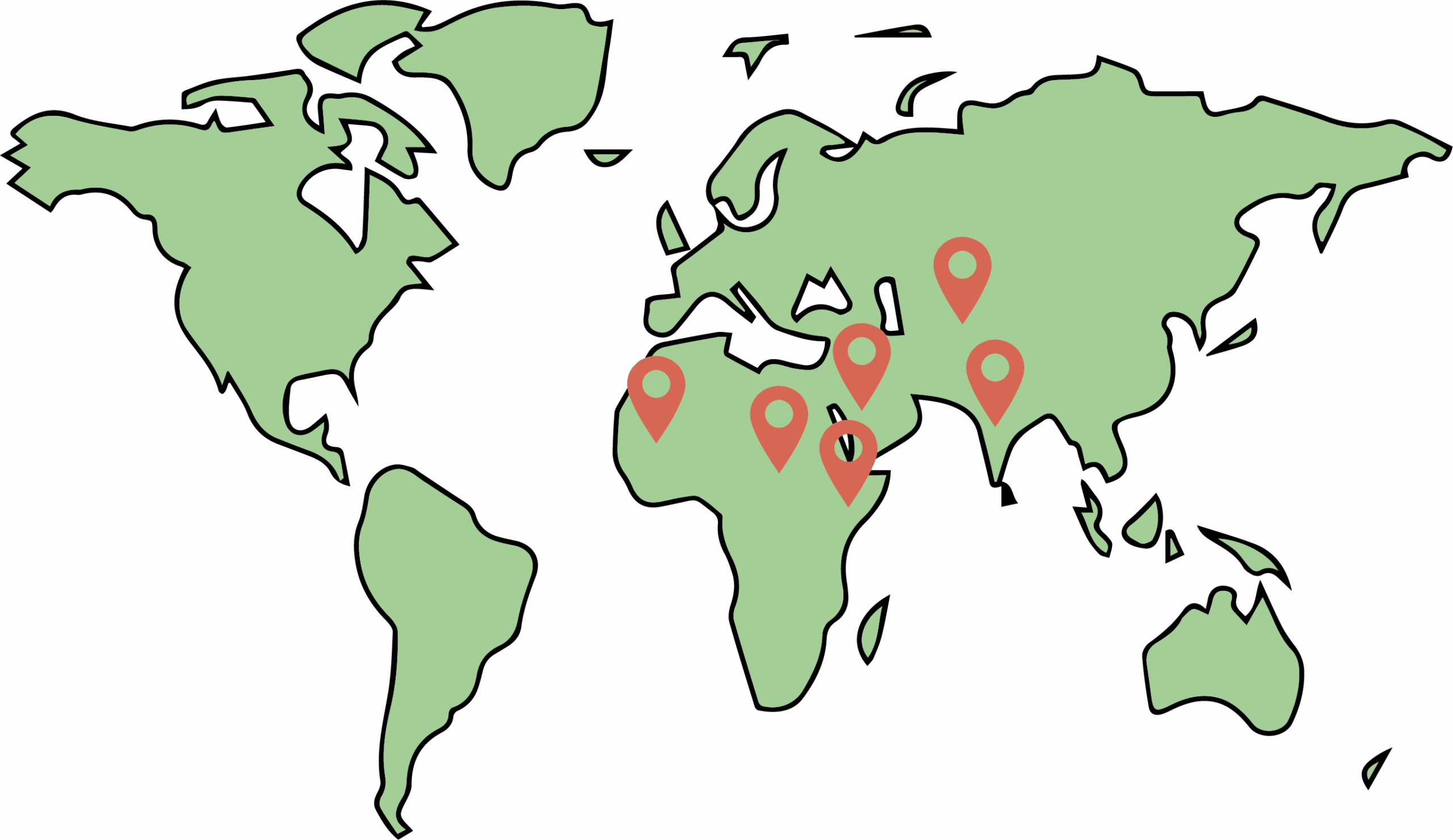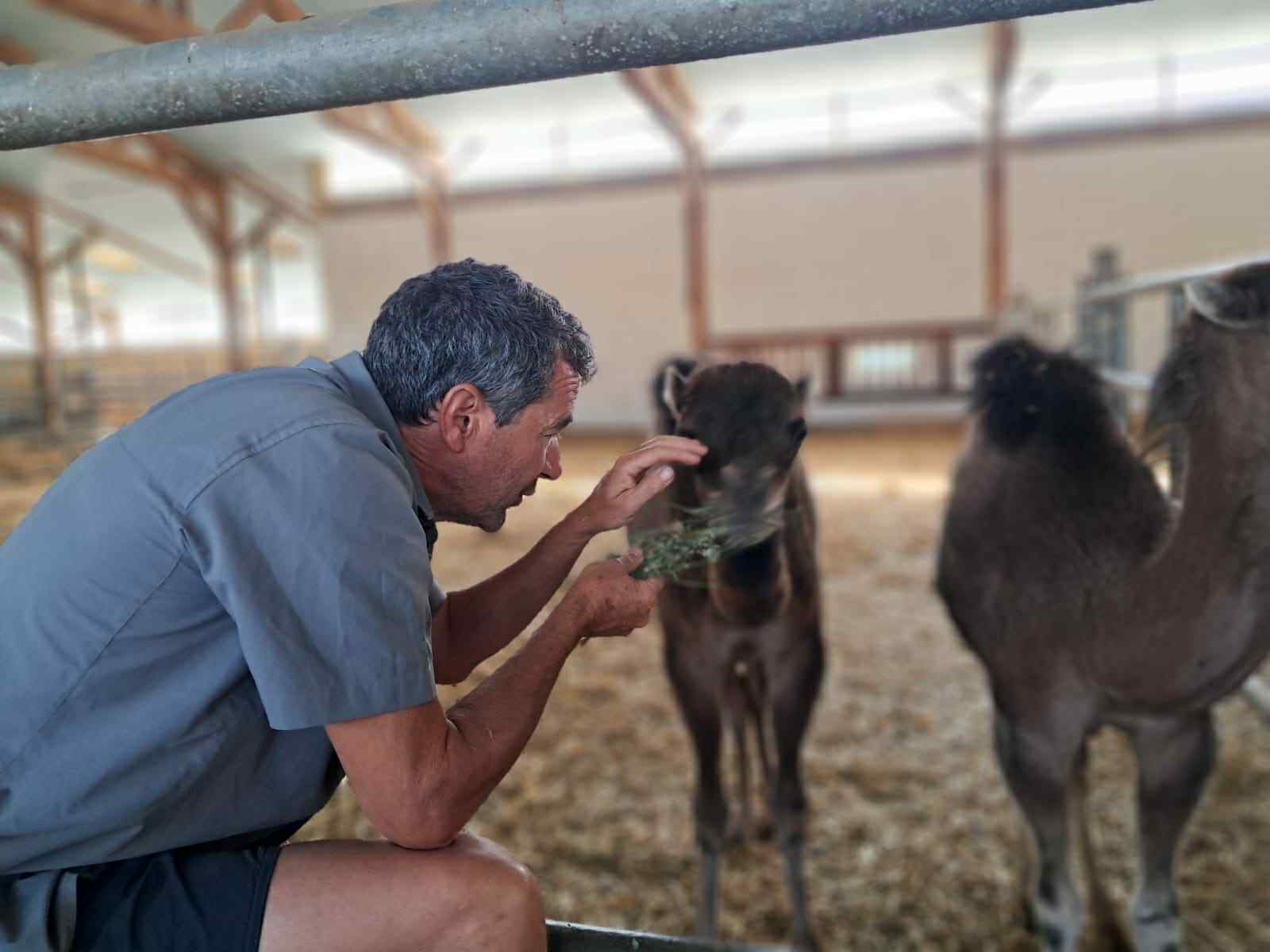Humans and Camels
Are They the Animals of the Future?

The domestication of these animals
The dromedary was domesticated in Saudi Arabia, in the southeast of the Arabian Peninsula, around 3000 BC. It only appeared in the Sahara at the beginning of the Christian era, and it was already domesticated.
The Bactrian camel, for its part, is believed to have been domesticated 5000 to 6000 years ago in present-day Uzbekistan and Kazakhstan.
They were already used by the Romans in the 1st century for their strength and docility.
Today, the home of the dromedary is undoubtedly Somalia. With an estimated population of 6 million, almost as many as the population, the Somali camel population represents 30% of the world’s livestock. It is an essential component of the country’s economy.
In terms of population size, Sudan (3 million head) follows, followed by Ethiopia, Mauritania, and India (approximately 1 million).
Climate change and increasing desertification are bringing dromedaries and Bactrian camels back into the spotlight and becoming a central concern for both breeders and scientists.

Why are they important to humans ?
Animals capable of carrying heavy loads.
A dromedary weighing between 400 and 700 kg, depending on its build, can easily carry 150 to 350 kg on its back.
They are valuable resources for humans.
They also help in the fight against world hunger, providing a source of high-quality meat and milk in arid countries.
Indeed, the nutritional value of camel milk is higher than that of cow’s milk.
Camelids also produce less methane than other ruminants and can efficiently digest dry or woody forage, which is a lower-quality diet than that used in conventional farming.
With the participation of :
